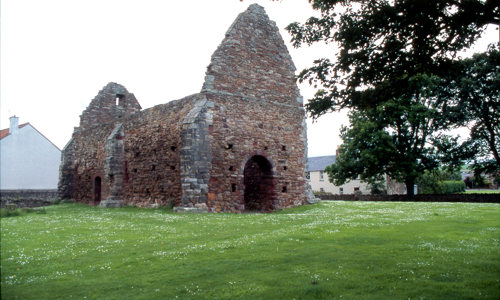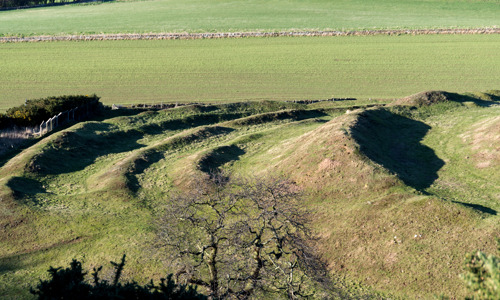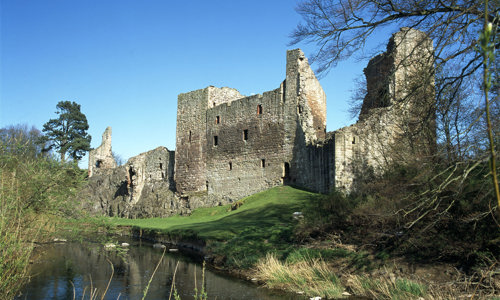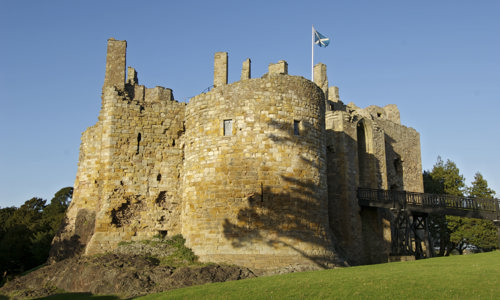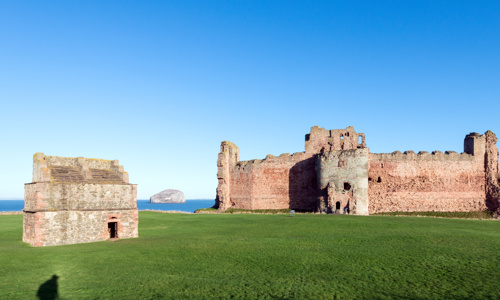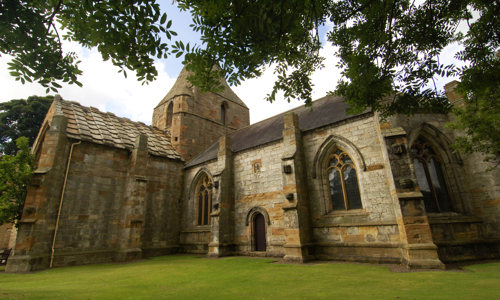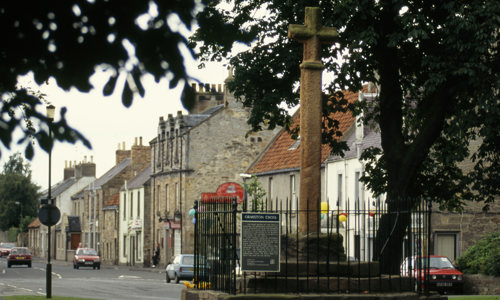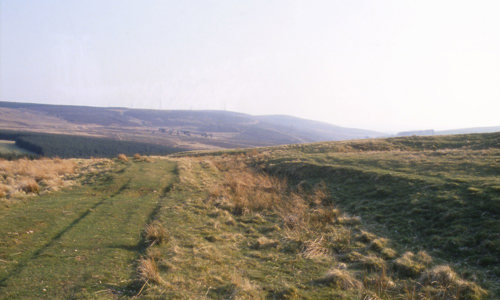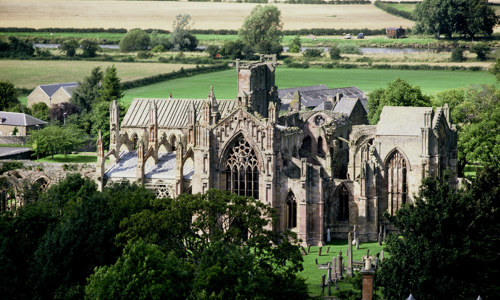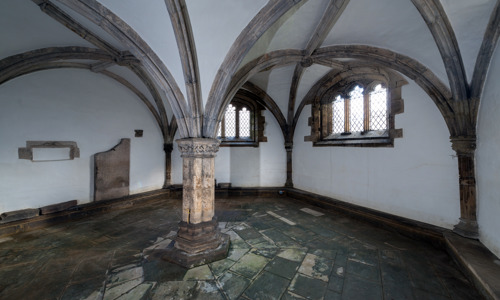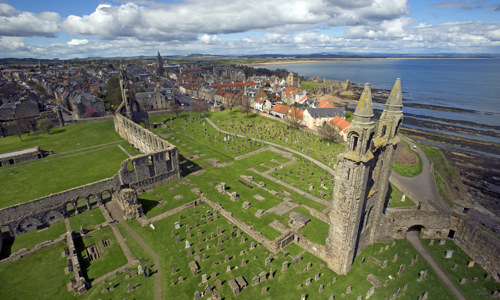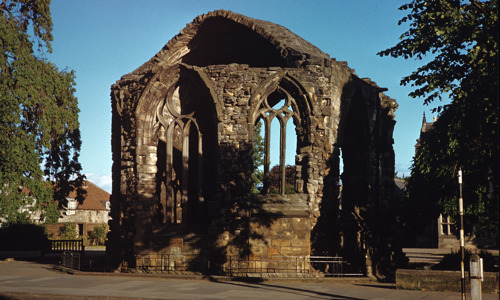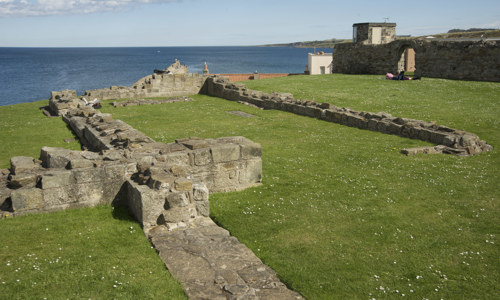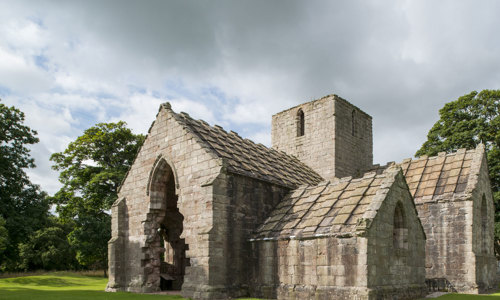History
The Lauderdale Aisle occupies the former sacristy of St Mary’s Church in Haddington, built in the mid-1400s. It was reappropriated as a burial aisle for the Maitlands of Lethington after the east end of the church fell into disuse at the Protestant Reformation of 1560.
King James’s man
John, 2nd Lord Maitland became James VI’s Lord Chancellor in 1586. He was credited with revolutionising Scotland’s governance by removing power from Scotland’s aristocracy and creating an administration of professionals.
At his death in 1595, Maitland was laid to rest in the family burial vault at St Mary’s Church. His wife, Lady Jean, was buried next to him upon her death in 1609.
Some years later, John’s son, created Earl of Lauderdale by James VI in 1624, erected an elaborate monument to his father’s memory on the north wall of the burial aisle. James VI wrote an epigraph to the former chancellor to be placed on top of the monument, but this is now lost.
Magnificent monument
The Maitland monument is a spectacular piece of commemorative sculpture. Richly ornamented, it’s one of Scotland’s most impressive memorials.
It marks an evolution in monumental sculpture, with extensive use of marble, its near full-size effigies of John Maitland and Lady Jean, and heraldic display.
It marks a transition from the symbolic memorials of the 1500s, with their use of polychromed stone, towards Baroque monuments of the 1600s. Baroque monuments are notable for their sculptural display and emphasis on prestigious materials, particularly marble.


